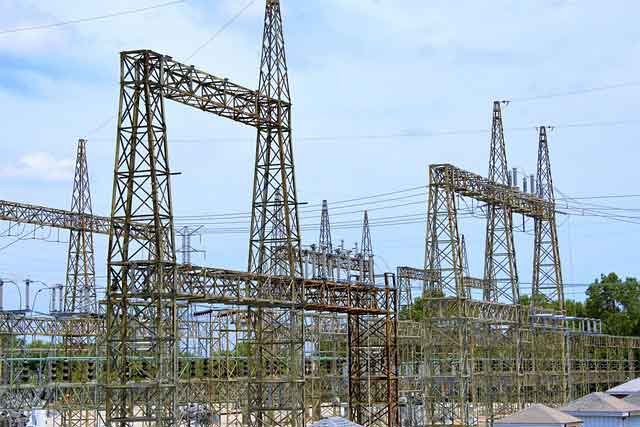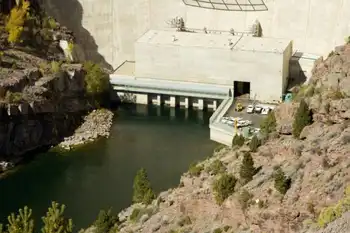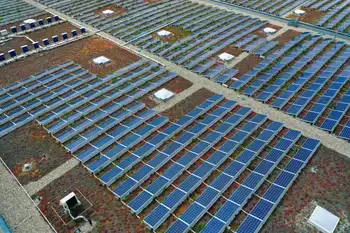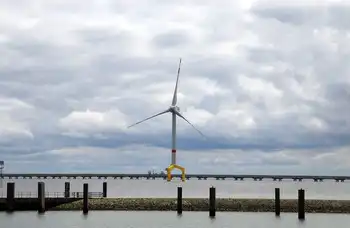Stellat'en and Innergex Sign Wind Deal with BC Hydro

Arc Flash Training CSA Z462 - Electrical Safety Essentials
Our customized live online or in‑person group training can be delivered to your staff at your location.

- Live Online
- 6 hours Instructor-led
- Group Training Available
Nithi Mountain Wind Project delivers 200 MW of renewable wind power in British Columbia under a BC Hydro electricity purchase deal, producing 600 GWh yearly, led by Stellat'en First Nation and Innergex.
Key Points
A 200 MW wind farm in British Columbia producing 600 GWh yearly, co-owned by Stellat'en First Nation and Innergex.
✅ 30-year BC Hydro take-or-pay PPA, CPI-indexed
✅ 200 MW capacity, ~600 GWh per year for ~60,000 homes
✅ 51% Stellat'en First Nation; operations targeted for 2030
In December 2024, a significant development unfolded in British Columbia's renewable energy sector, where the clean-energy regulatory process continues to evolve, as Stellat'en First Nation and Innergex Renewable Energy Inc. announced the signing of a 30-year electricity purchase agreement with BC Hydro. This agreement pertains to the Nithi Mountain Wind Project, a 200 MW initiative poised to enhance the province's clean energy capacity.
Project Overview
The Nithi Mountain Wind Project is a collaborative venture between Stellat'en First Nation, which holds a 51% stake, and Innergex Renewable Energy Inc., which holds a 49% stake. Located in the Bulkley-Nechako region of British Columbia, the project is expected to generate approximately 600 GWh of renewable electricity annually, comparable to other large-scale projects like the 280 MW wind farm in Alberta now online, sufficient to power around 60,000 homes. The wind farm is scheduled to commence commercial operations in 2030.
Economic and Community Impact
This partnership is anticipated to create approximately 150 job opportunities during the development, construction, and operational phases, thereby supporting local economic growth and workforce development, and aligns with recent federal green electricity procurement efforts that signal broader market support. The long-term electricity purchase agreement with BC Hydro is structured as a 30-year take-or-pay contract, indexed to a predefined percentage of the Consumer Price Index (CPI), ensuring financial stability and protection against inflation.
Environmental and Cultural Considerations
The Nithi Mountain Wind Project is being developed in close collaboration with First Nations in the area, guided by collaborative land-use planning. The project integrates cultural preservation, environmental stewardship, and economic empowerment for Indigenous communities in the Bulkley-Nechako region, while other solutions such as tidal energy for remote communities are also advancing across Canada. The project is committed to minimizing environmental impact by avoiding sensitive cultural and ecological resources and integrating sustainability at every stage, with remediation practices to restore the land, preserve cultural values, and enhance biodiversity and wildlife habitats if decommissioned.
Broader Implications
This agreement underscores a growing trend of collaboration between Indigenous communities, exemplified by the Ermineskin First Nation project emerging nationwide, and renewable energy developers in Canada. Such partnerships are instrumental in advancing sustainable energy projects that respect Indigenous rights and contribute to the nation's clean energy objectives, as renewable power developers find that diversified energy sources strengthen project outcomes. The Nithi Mountain Wind Project exemplifies how integrating traditional knowledge with modern renewable energy technologies can lead to mutually beneficial outcomes for both Indigenous communities and the broader society.
In summary, the Nithi Mountain Wind Project represents a significant step forward in British Columbia's renewable energy landscape, highlighting the importance of collaboration between Indigenous communities and renewable energy developers. The project promises substantial economic, environmental, and cultural benefits, setting a precedent for future partnerships in the clean energy sector, as large-scale storage acquisitions like Centrica's battery project illustrate complementary pathways to unlock wind potential.











